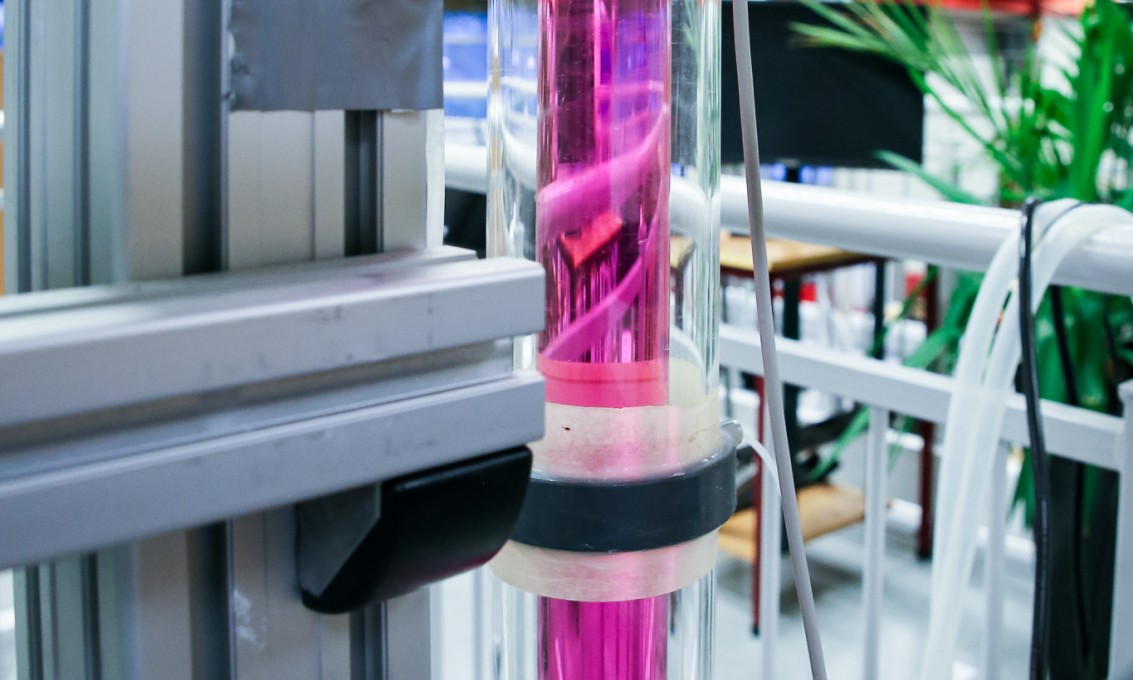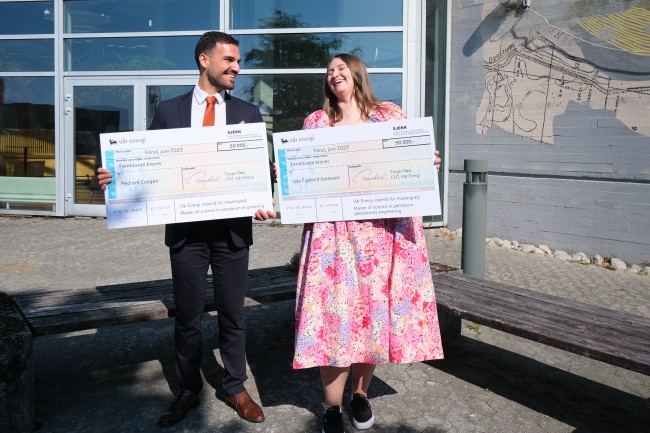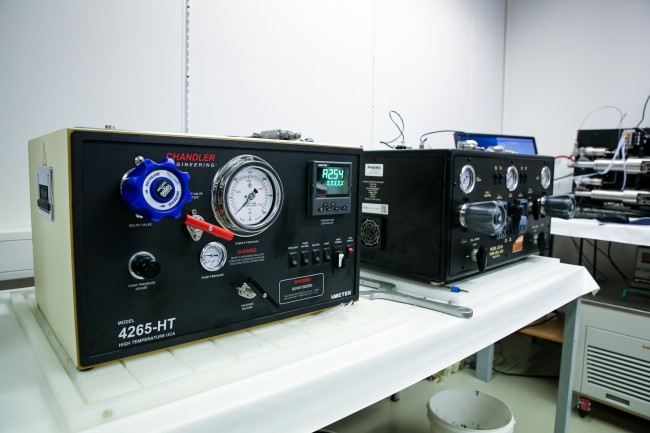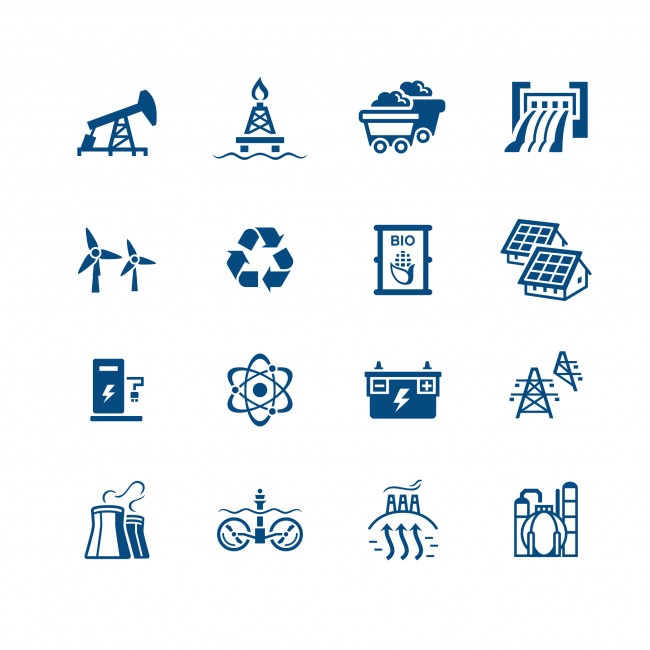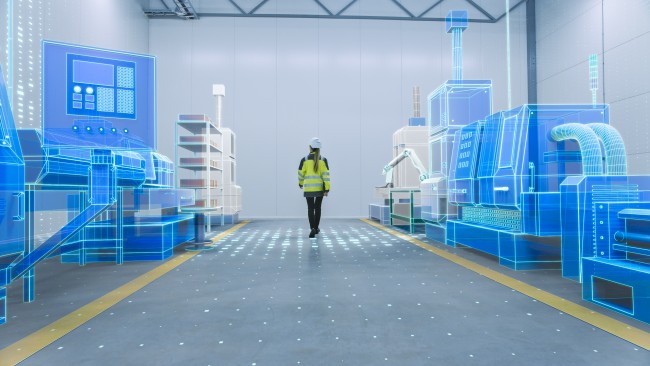Within the field of drilling and well-technology, there are several laboratories conected to the Faculty of Science and Technology at UiS. An overview of equipment and facilities follows.
These study programmes use the laboratories in teaching:
SWIPA
Users of the SWIPA laboratory strive to achieve a better understanding of well integrity and permanent well barriers and improve methods for plugging wells.
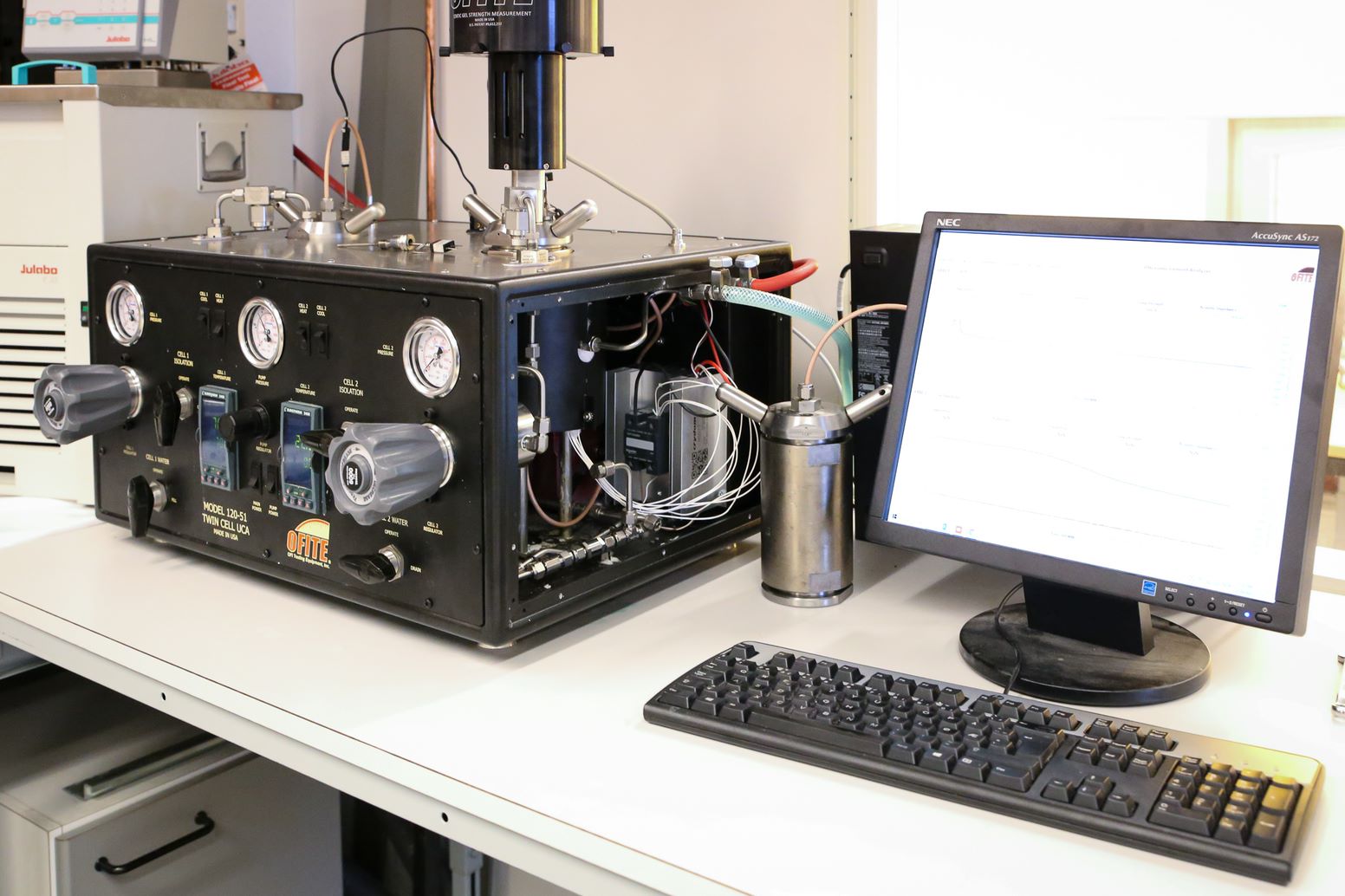
A better scientific understanding of subsurface conditions could produce results that can also be used in the disposal of nuclear waste, converting petroleum wells for CO2 storage and well integrity for geothermal wells. In the laboratory, users can measure pumping times, viscosity, hydraulic seals, mechanical properties and properties over time. The laboratory is used by both students and staff.
Contact person: Jostein Djuve and Mahmoud Khalifeh
DrillBotics
DrillBotics is an annual interdisciplinary international competition and often forms part of someone’s bachelor’s or master's degree thesis. The laboratory has been set up with a small drilling rig for small-scale test drilling.
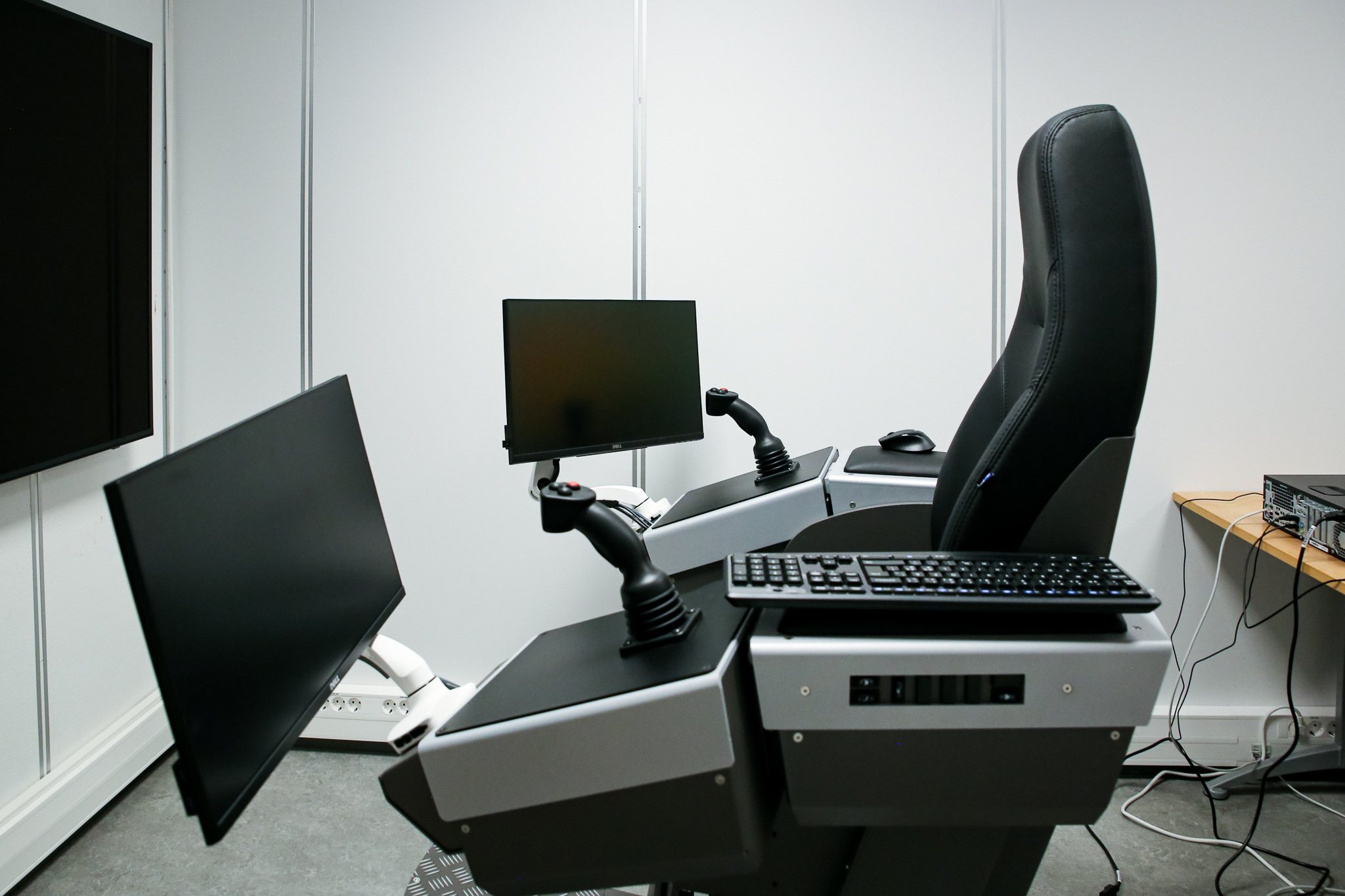
Students are able to test various parameters such as bottom hole assembly (BHA) and speed, as well as monitor drilling operations and performance via the OpenLab drilling simulator.
Contact person: Dan Sui
Rheology
In the rheology laboratory, users can describe and assess the flow and deformation properties of materials: everything from solid materials like foods to liquids, drilling fluids, paints, polymers, blood, medicine, cement and much more
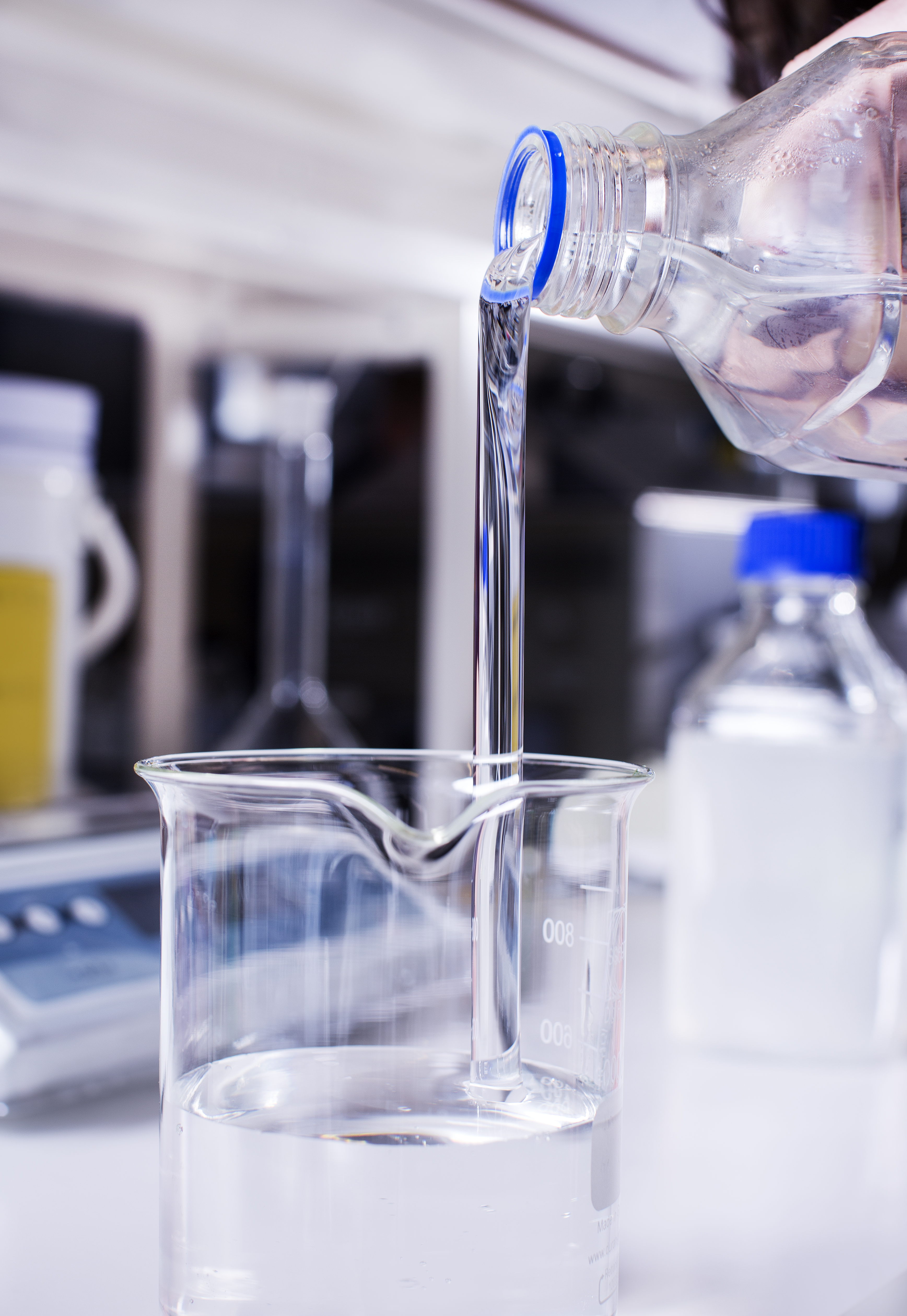
Rheology is a basic science that aims to understand liquid systems and the dynamic behaviour of solids. The rheology laboratory is used for both teaching and research
Contact person: Kim Andre Nesse Vorland
You might also be interested in:
The Energy Central UiS
The Energy Central uses geothermal energy to produce and distribute heating and cooling to the entire Ullandhaug campus.
Yara's Birkeland Prize 2024 to Song Lu
Yara’s Birkeland Prize for 2024 in chemistry was given to doctor Song Lu for his thesis titled “Transition-metal-mediate...
Energy students awarded for their efforts
Repsol awarded a total of four prizes and NOK 120,000 to master students at University of Stavanger.
He is Energy Professional of the Year
Reidar Bratvold won the prize as Energy Professional of the Year at the SPE gala.
Highlights from the first UiS Petro-Games
In a riveting showcase of industry knowledge and teamwork, the inaugural UiS Petro-Games competition proved to be a reso...
Data-driven mathematical modelling
Mathematical models enable a scientific understanding of natural phenomena around us, and the study and optimization of ...
Industry awards to energy students
Repsol and Vår Energi awarded a total of nine prizes and NOK 350,000 to bachelor and master students at UiS.
Won prize for best PhD project
Huong Huynh finished her PhD project at University of Stavanger October 2021. Now her PhD thesis has been selected as Be...
ACT3 – CEMENTEGRITY
The CEMENTEGRITY project seeks to develop and test better materials for sealing wellbores exposed to CO2 stored in under...
SWIPA Group
This research group works on topics related to geopolymers, subsurface well integrity, plugging and abandonment.
Top students win industry awards
Repsol, IKM Acona and Vår Energi awarded a total of nine prizes and NOK 275,000 to bachelor and master students at UiS. ...
Test facilities – Energy Systems Engineering
Distributed energy conversion technologies, using fuel flexible solutions, energy storage and smart technologies are ess...
Energy Systems Engineering – projects
Running research projects in the Energy Systems Engineering group.
Modeling, Simulation, Optimization, Management and Techno-economy
Energy transition towards clean, sustainable, and affordable energy solutions is on top of the global, national, and loc...
Energy Conversion Technologies and Multi-Vector Systems
Energy transition towards clean, sustainable, and affordable energy solutions is on top of the global, national, and loc...
Energy Systems Engineering – collaboration
Our work connects researchers, educators and students at UiS with partners in industry, business and public sector with ...
Energy Systems Engineering – education
In this page you find the courses taught at University of Stavanger related to energy technologies and system integratio...
Applied AI for Energy Systems Engineering
We use state-of-the-art tools like advanced physical models, artificial neural networks, and integrated design, control ...
Energy Systems Engineering – research
The group focuses on developing innovative techno-economically sustainable solutions and has a broad network of academic...
